12 Music Videos That Were So Controversial They Got Banned
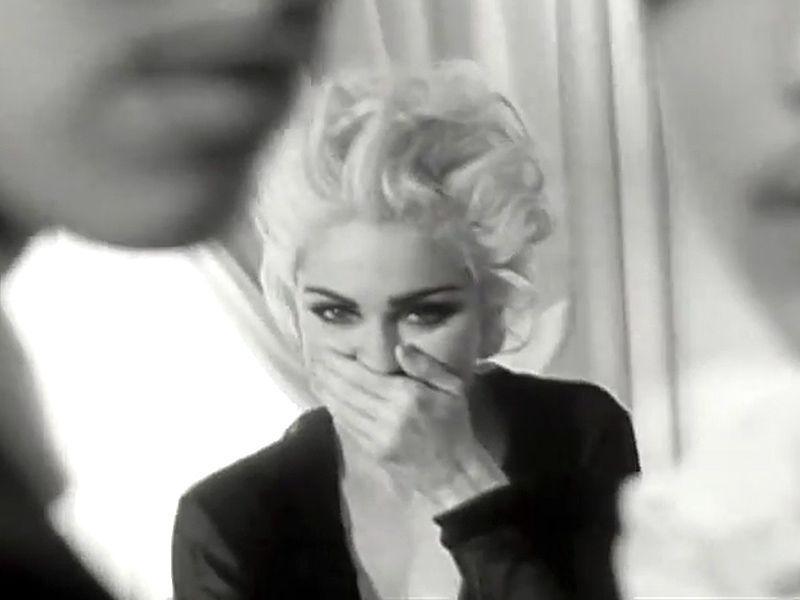
The world of music videos is often a platform for creativity and bold expression, pushing the boundaries of art and culture. However, some artists have ventured beyond the accepted norms, resulting in their works being banned or restricted due to controversial content. This list explores twelve such music videos, each causing a stir upon release for various reasons, including explicit imagery, political themes, and graphic content. While these videos may have been subject to censorship, they undeniably sparked conversations about artistic freedom and societal standards. Join us as we delve into the stories behind these provocative pieces of visual art.
1. Madonna — Justify My Love (1990)
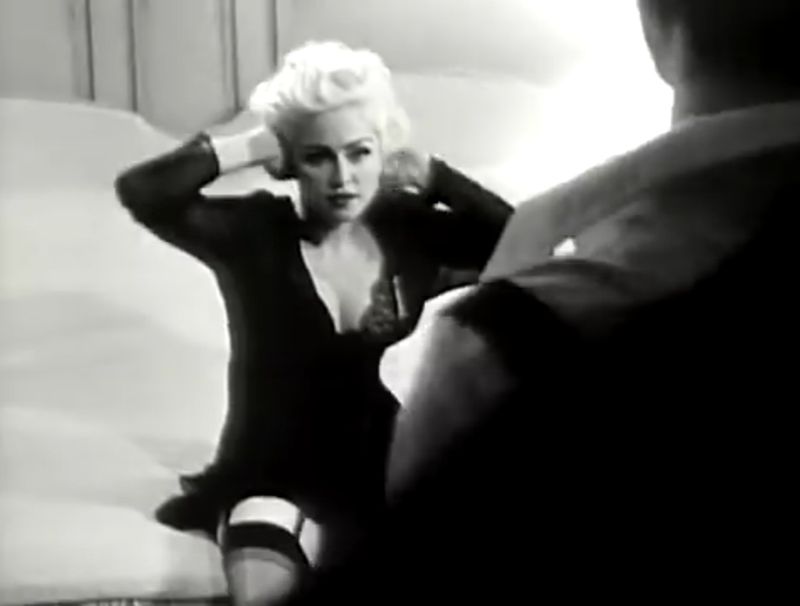
Madonna’s “Justify My Love” stirred immense controversy upon its release. Featuring explicit sexual imagery, the video was deemed too provocative for the mainstream audience. MTV decided to ban it entirely, sparking debates on censorship and artistic freedom.
In a bold move, Madonna released the video as a VHS single, making it a commercial success despite the ban. The video’s dark and moody atmosphere, combined with its daring themes, showcased Madonna’s fearless approach to challenging societal norms. It remains a significant example of how art can provoke and inspire discussion, even in the face of censorship.
2. Madonna — Like a Prayer (1989)
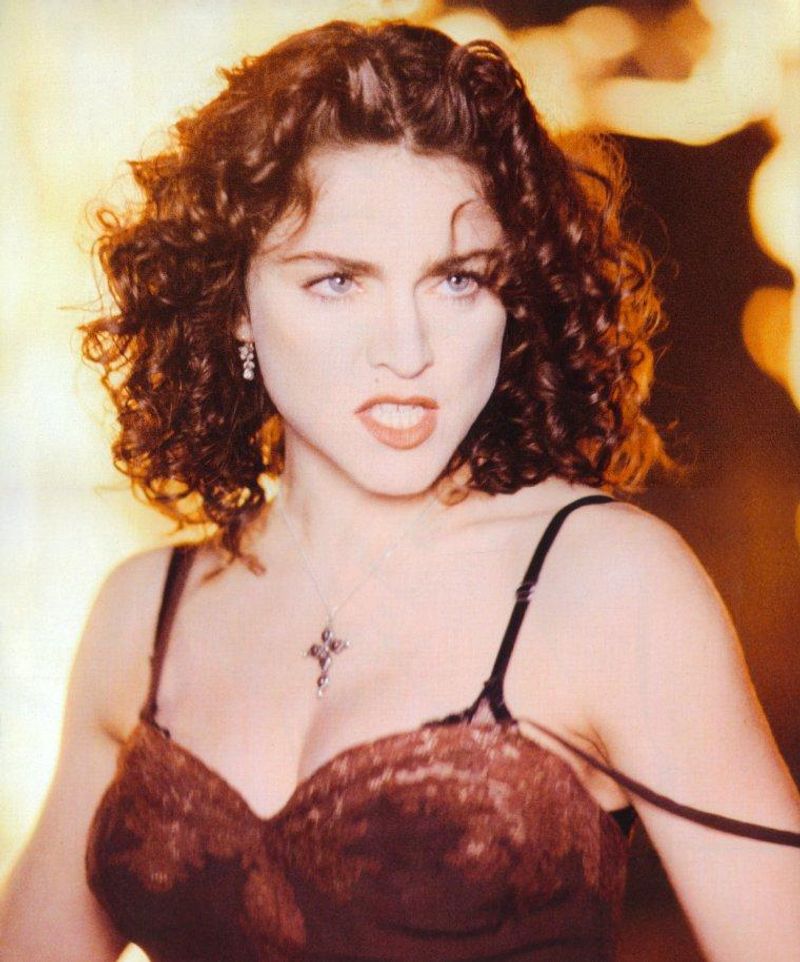
Madonna’s “Like a Prayer” video ignited a firestorm of controversy for its use of religious symbolism. The video featured scenes of burning crosses and stigmata, leading to accusations of blasphemy. Despite its artistic intent, the backlash was swift, resulting in Pepsi pulling their ad campaign featuring the song.
The controversy only amplified the song’s popularity, cementing Madonna’s reputation as a boundary-pushing artist. With its bold visuals and challenging themes, “Like a Prayer” remains a powerful commentary on religion and race, demonstrating the impact of art in provoking thoughtful discussion.
3. Nine Inch Nails — Happiness in Slavery (1992)

Nine Inch Nails’ “Happiness in Slavery” is infamous for its disturbing and visceral content. Featuring graphic scenes of torture, the video was banned worldwide. Its depiction of extreme violence and masochistic themes shocked audiences, challenging perceptions of acceptable content in music videos.
Despite its controversial nature, the video has been praised for its artistic and provocative approach. It serves as a stark reminder of the power of visual media to challenge and unsettle viewers. The banned status only fueled its legend, making it a cult classic among fans of the band.
4. Robbie Williams — Rock DJ (2000)
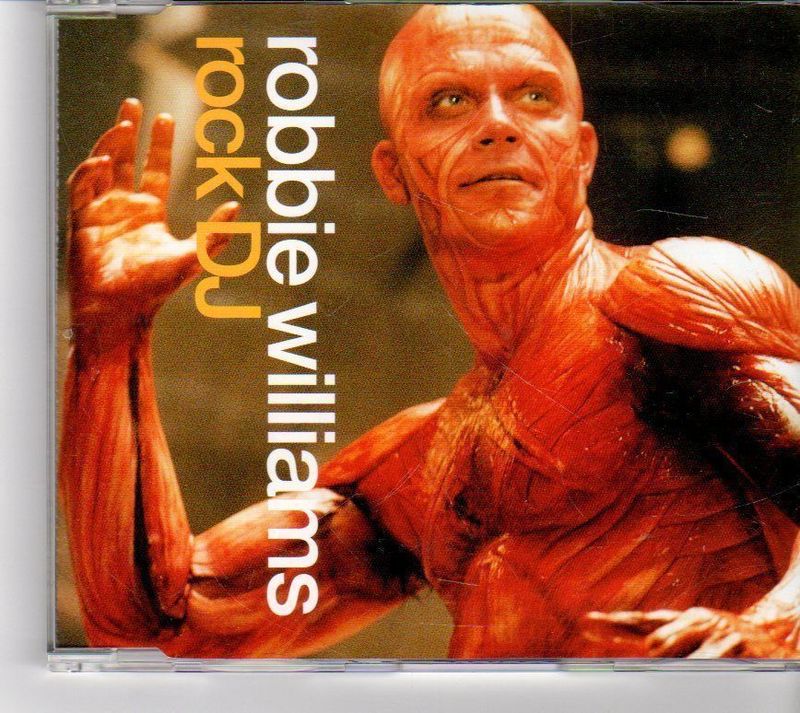
Robbie Williams’ “Rock DJ” took shock value to another level with its unforgettable climax. As the video progresses, Williams strips down to his bare essentials, literally peeling off his skin, which left audiences shocked and amazed.
This graphic transformation was both a literal and metaphorical shedding of layers, sparking discussions about body image and fame. Williams’ fearless performance captivated viewers, pushing the envelope of what’s permissible in music videos.
The video’s graphic content led to its ban on several music channels, but it remains a memorable piece of pop culture history, renowned for its audacity.
5. M.I.A. — Born Free (2010)
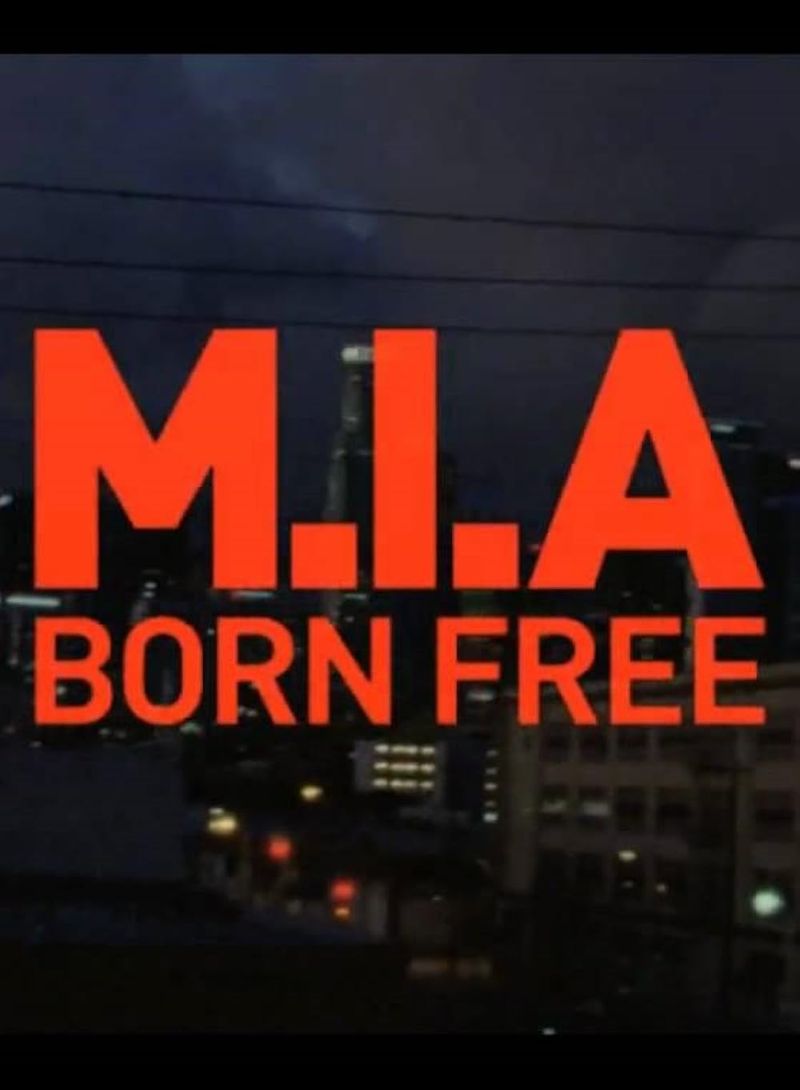
M.I.A.’s “Born Free” video is a visceral and unflinching portrayal of violence and political oppression. Banned on YouTube for its graphic content, the video presents a dystopian narrative that challenges viewers to confront harsh realities.
Its depiction of a military rounding up red-haired people for execution is a powerful commentary on ethnic cleansing and human rights abuses. The video’s stark imagery and bold themes sparked intense debates about the role of art in addressing political issues. Despite its ban, “Born Free” remains a significant and provocative work in M.I.A.’s discography.
6. Erykah Badu — Window Seat (2010)

Erykah Badu’s “Window Seat” video garnered attention for its bold and unapologetic artistic expression. Filmed in a single take, it features Badu walking through the streets of Dallas, gradually undressing until she is completely nude. This public display of vulnerability led to the video being pulled in some locations due to indecent exposure laws.
Badu’s intent was to make a statement about self-liberation and the societal pressures to conform. The video’s raw and candid nature sparked discussions about censorship and the power of vulnerability in art, cementing its place in music video history.
7. Rihanna — S&M (2011)
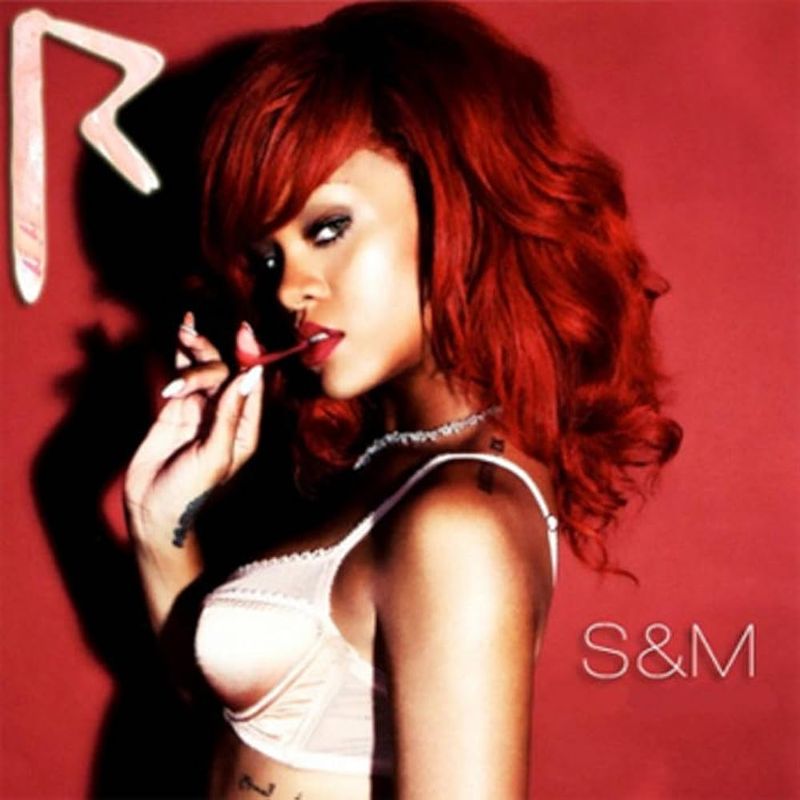
Rihanna’s “S&M” video is a bold exploration of sexuality and self-expression. Featuring suggestive imagery and playful themes, the video faced bans and restrictions in numerous countries. Its provocative content challenged societal norms, sparking debates about censorship and artistic freedom.
Despite the controversy, the video was celebrated for its colorful aesthetic and empowering message. Rihanna’s unapologetic embrace of her sexuality resonated with fans around the world, making “S&M” both a commercial success and a cultural talking point. The video’s playful yet defiant tone continues to inspire discussions on freedom of expression.
8. Aphex Twin — Come to Daddy (1997)
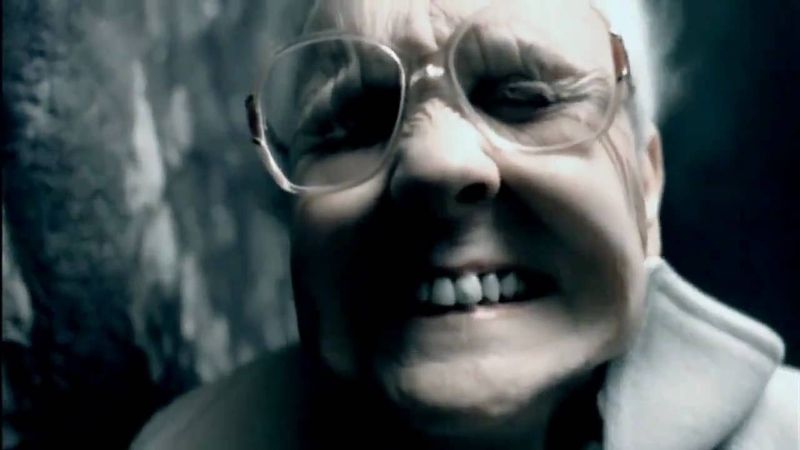
Aphex Twin’s “Come to Daddy” is a haunting and surreal visual experience. Known for its nightmarish imagery and unsettling tone, the video was deemed too disturbing for television. Its depiction of monstrous children and chaotic urban scenes challenged perceptions of horror in music videos.
Directed by Chris Cunningham, the video’s innovative style and eerie atmosphere captivated audiences despite its controversial nature. It remains a landmark in experimental music video production, showcasing the power of visual media to evoke strong emotional reactions. Its impact endures, influencing countless artists and filmmakers.
9. Pearl Jam — Jeremy (1992)
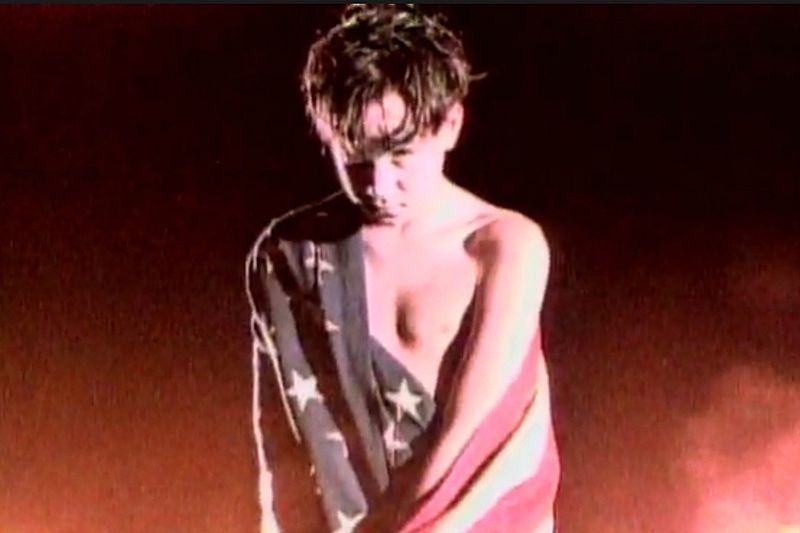
Pearl Jam’s “Jeremy” is a poignant and emotional exploration of teenage isolation and tragedy. The video, based on a true story, depicts a troubled youth’s descent into despair, culminating in a school shooting. Its stark portrayal of violence and its impact on young lives led to the original uncensored cut being pulled from airwaves.
Despite this, the video received critical acclaim for its powerful storytelling and emotional depth. It sparked important conversations about youth violence and mental health, highlighting the role of art in addressing pressing social issues. Its legacy continues to resonate.
10. Kanye West — Famous (2016)
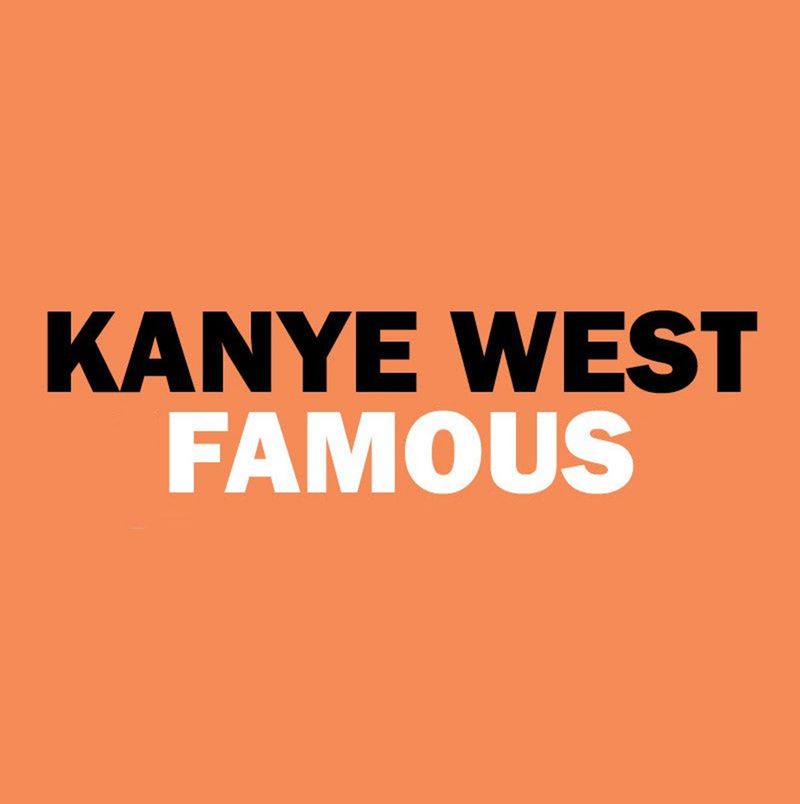
Kanye West’s “Famous” music video grabbed attention with its provocative portrayal of famous personalities in bed, including Taylor Swift and Donald Trump. The unsettling imagery created a surreal, voyeuristic scene that sparked outrage across the internet.
The video challenged the boundaries of privacy and celebrity culture, prompting discussions about artistic freedom. Kanye’s bold vision was both criticized and praised, making the video a hot topic.
Despite its creative approach, the video’s controversial content led to several platforms refusing to air it, illustrating the power of visual art to incite debate.
11. Marilyn Manson — (s)AINT (2003)
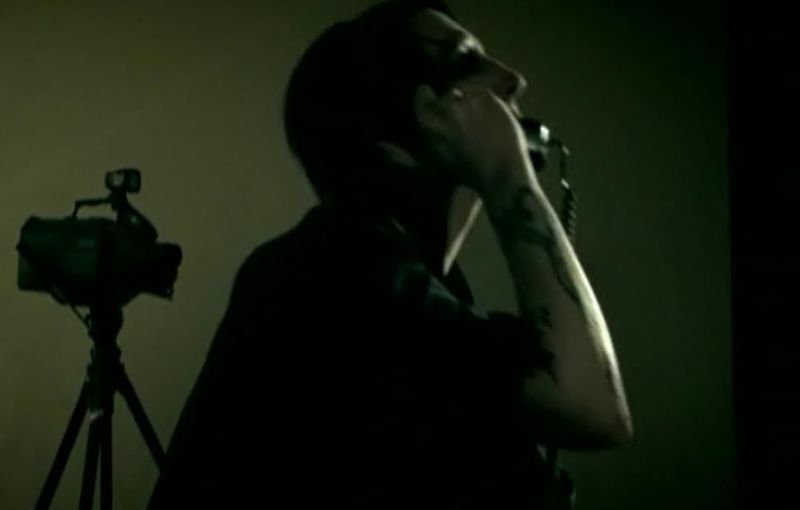
Marilyn Manson’s “(s)AINT” took his characteristic gothic style to controversial extremes with its explicit themes of self-destruction and religious iconography. The video’s dark portrayal of excess and indulgence was shocking to many viewers.
Manson’s unsettling imagery and provocative storytelling challenged religious sensibilities and societal norms, creating a storm of censorship and debate. The video’s explicitness was a reflection of Manson’s artistic intent to disrupt and provoke thought.
Although banned from many networks, “(s)AINT” stands as a testament to Manson’s ability to push artistic boundaries and confront controversial themes head-on.
12. Justice — Stress (2008)
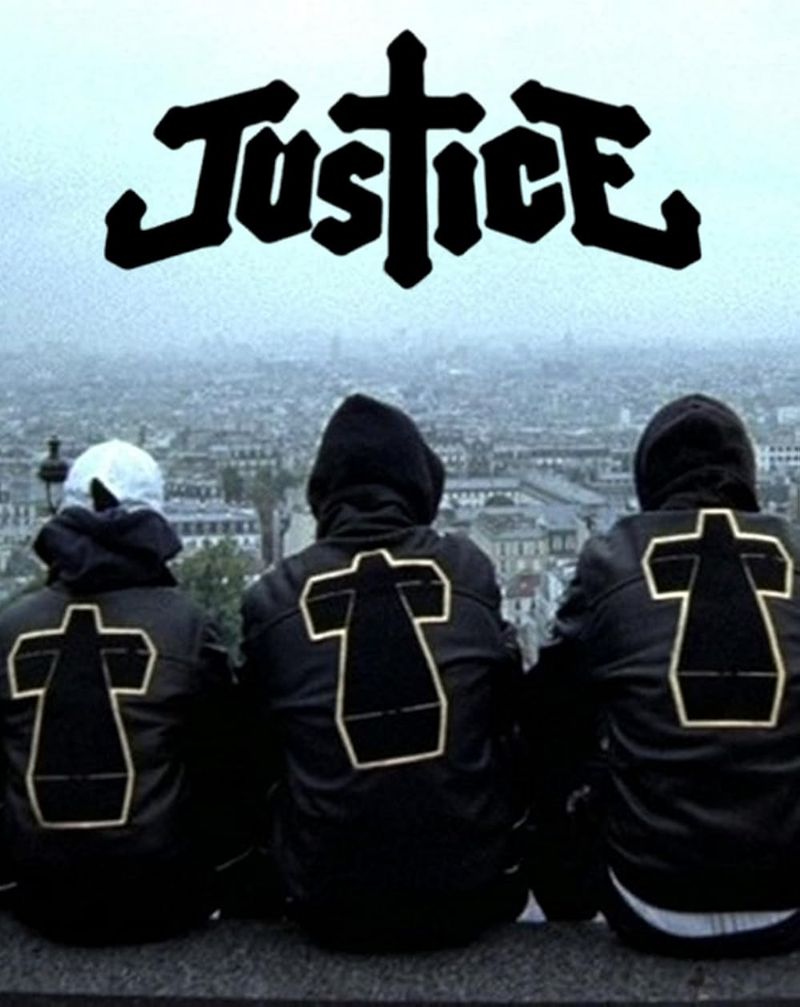
Justice’s “Stress” video is a raw and unfiltered depiction of urban unrest in Paris. Featuring scenes of violent riots and chaos, the video was banned on many networks for its provocative content. Its depiction of delinquency and societal tension challenged viewers to reflect on the underlying causes of such unrest.
Despite the controversy, the video was lauded for its realistic portrayal and bold narrative. It sparked discussions about the role of media in representing violence and the responsibilities of artists in addressing social issues. “Stress” remains a compelling and impactful piece of visual storytelling.

Comments
Loading…